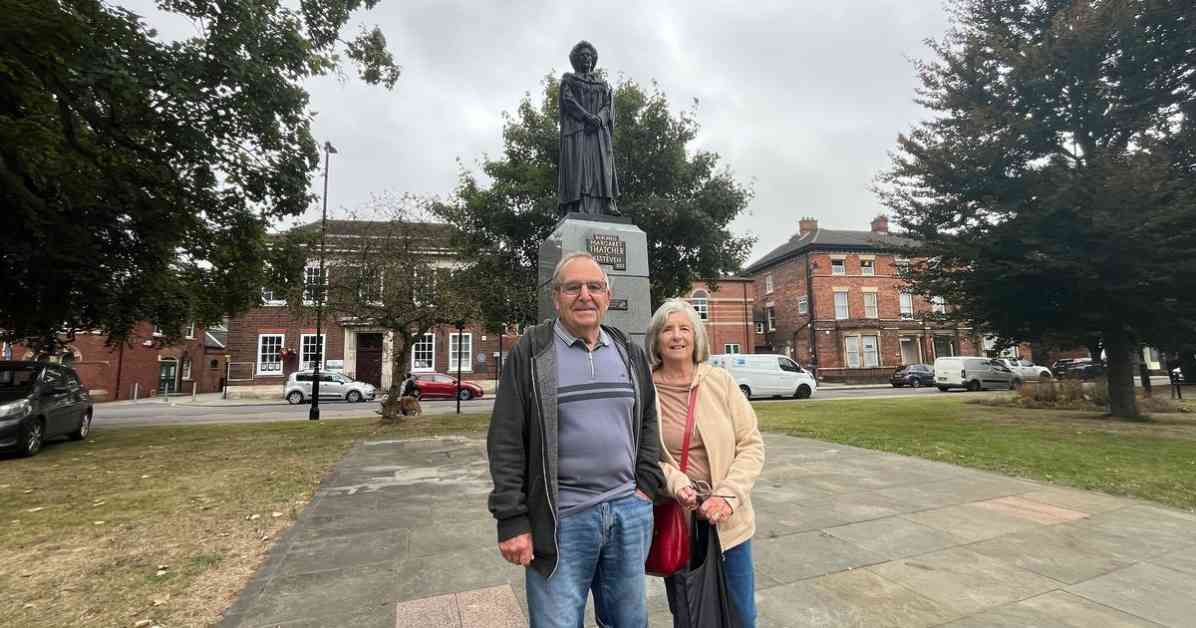Grantham residents are expressing their disappointment and frustration after learning that Prime Minister Keir Starmer decided to remove Margaret Thatcher’s portrait from Number 10. The controversial move has sparked debates among the locals, with some supporting the decision while others vehemently opposing it.
Margaret Thatcher, who was born in Grantham in 1925, holds a special place in the hearts of many residents. Despite being a divisive figure, with some celebrating her as a product of the town and others criticizing her legacy, her connection to Grantham is undeniable. The presence of a memorial statue in the town center further emphasizes the importance of her roots in Grantham.
Clive and Linda Pexton, long-time residents of Grantham, are among those who believe that the portrait should have been left untouched. They express their disapproval of Keir Starmer’s decision, with Linda criticizing the Prime Minister for being “too up himself” and suggesting that he has more important matters to focus on. Clive even jokes that The Queen’s portrait might be next on the chopping block.
Marion Foo, another Grantham resident, echoes the sentiment that Thatcher’s portrait should have remained in its place. She praises Thatcher for her honesty and leadership during her time as Prime Minister, contrasting her views with those of Keir Starmer, whom she believes lacks direction and visibility.
In contrast, Tony Johnson, a self-declared Labour supporter, supports the Prime Minister’s decision to remove the portrait. While acknowledging Thatcher’s historical significance as the first female Prime Minister, he disagrees with her political ideologies and believes that Keir Starmer should have the freedom to make changes to Number 10 as he sees fit.
The debate surrounding the removal of Margaret Thatcher’s portrait highlights the complex feelings that residents of Grantham have towards the former Prime Minister. While some view her as a trailblazer and a symbol of female empowerment, others remember her controversial policies and divisive leadership style.
Ultimately, the decision to remove Thatcher’s portrait from Number 10 reflects the ongoing dialogue about her legacy and the impact she had on the country. Regardless of differing opinions, it is clear that her connection to Grantham will continue to be a topic of discussion and reflection for years to come.













